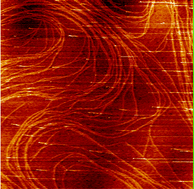Zinc, copper, and carnosine attenuate neurotoxicity of prion fragment PrP106-126†
Abstract
Prion diseases are progressive neurodegenerative diseases that are associated with the conversion of normal cellular prion

- This article is part of the themed collection: Metallomics in Japan

 Please wait while we load your content...
Please wait while we load your content...